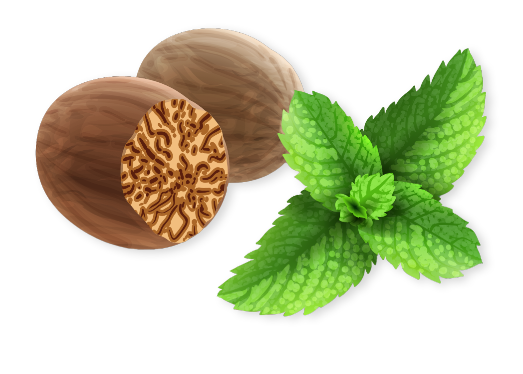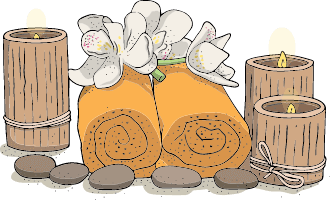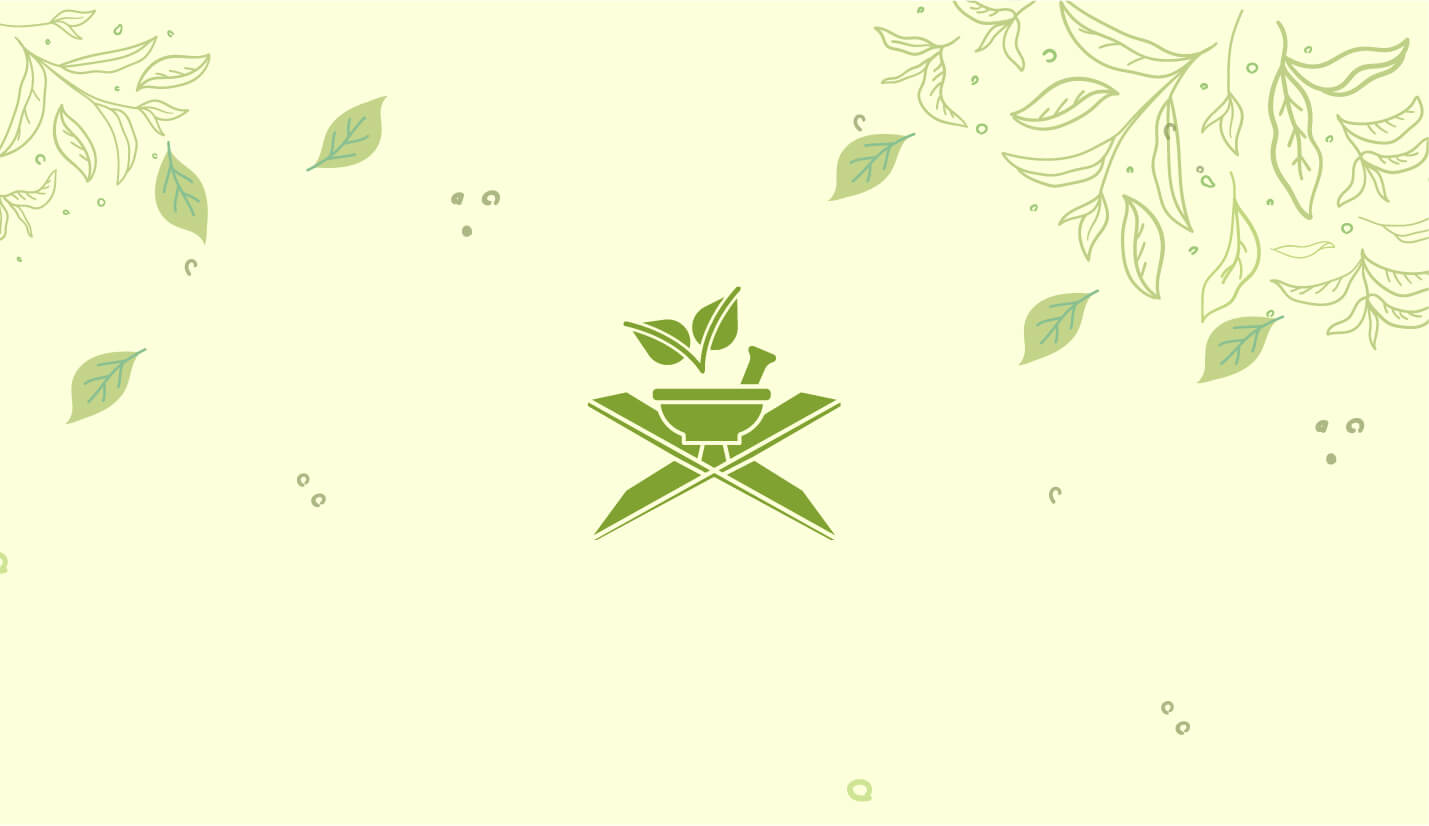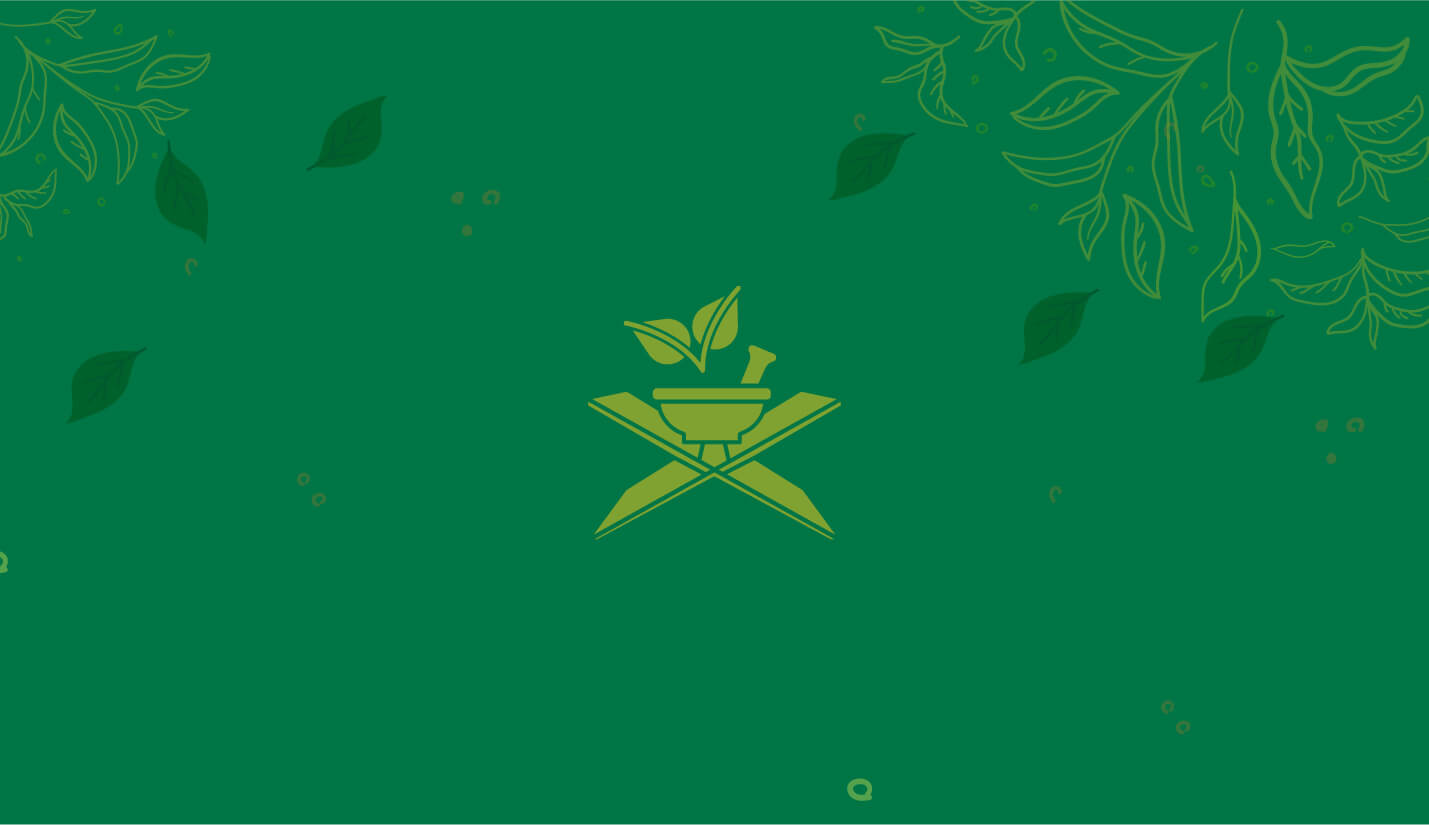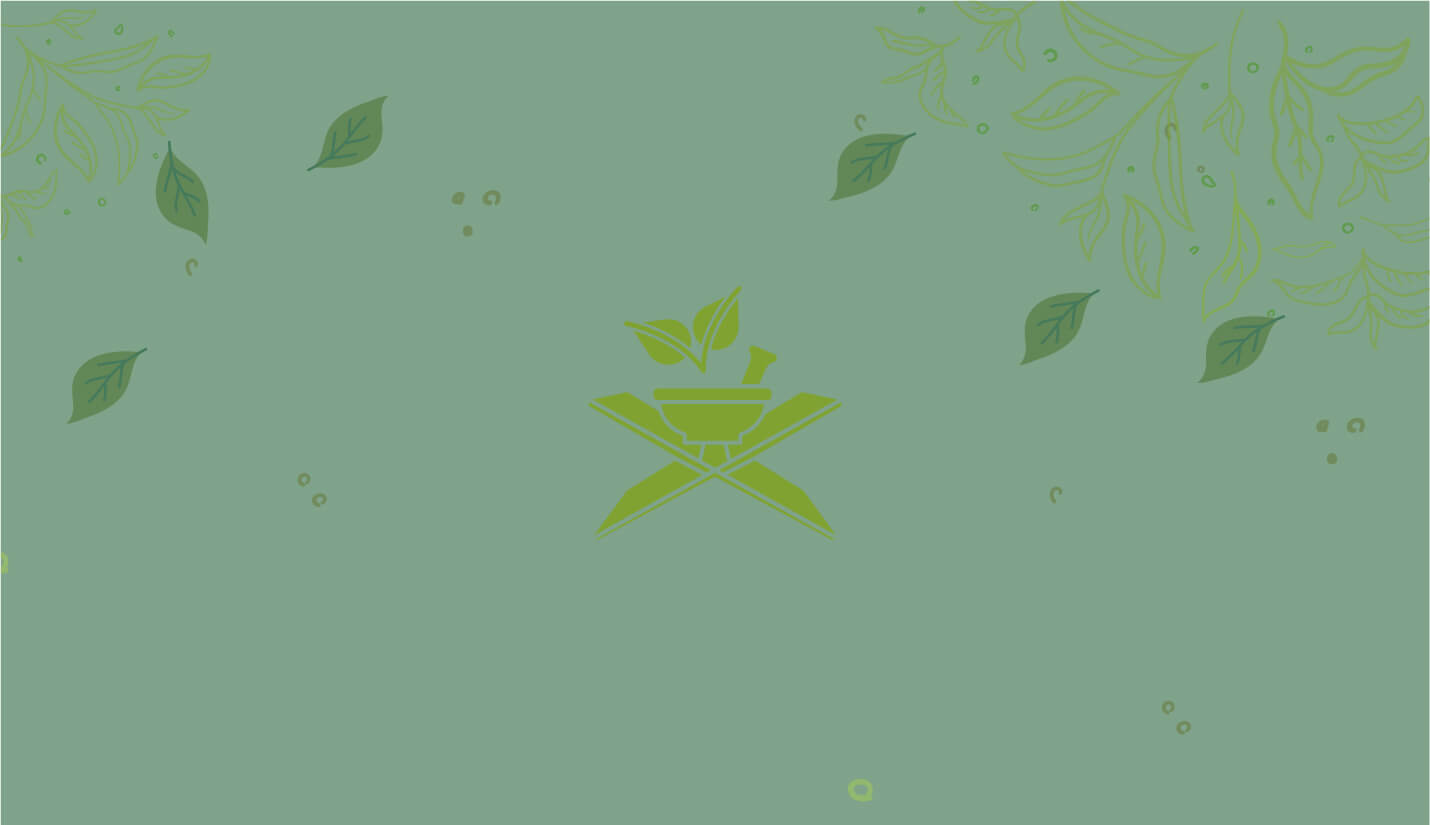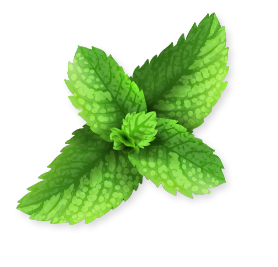Psoriasis
Thursday, July 27, 2023The skin on our bodies is the canvas through which the internal harmony is expressed. It is one of the five sensory organs (Gyanendriyas) as told by Ayurveda, which is responsible for the perception of touch. Additionally, it serves to regulate body temperature and protect the body from mechanical, chemical, biological, and physical harm. In addition to all of this, it contributes significantly to the expression of beauty and impression-making. The skin ailment, which manifests in a number of ways, is thus one of the confounding issues that humanity has faced since the dawn of time. Any disease that involves skin hampers one or many of these functions and gives the person a hideous look. As the skin diseases are perceptible to others, they are more painful for the patient and troublesome for the physician. Several skin diseases which affect the person’s psychological status & disturb the social life, thus people have some kind of inferiority complex. Among those conditions psoriasis is most common, because it affects body & psychological status of the person.
In Ayurveda, skin conditions are described using the term “Kushtha,” which denotes exposed disorders. In Brihatrayi, Acharyas mentioned total 18 types of Kushtha as per the various dosha’s dominancy. Ekakushtha is described as a type of Kshudrakushtha in Brihatrayi. Charaka mentioned Vata Kapha dominancy (Chi.7: 28), Vagabhatta also told same Dosha (Nidana 14:8) and Sushruta mentioned Kapha dominancy (Nidana 5:16).
Due of its most striking similarity, the Eka Kshtam can be linked to psoriasis. Psoriasis is a skin disorder characterized by erythromatous, swollen skin lesions covered with silvery white scales. Dry, silvery, or blackish plaques of psoriasis are the outcome of Vata involvement. While the itch in those affected locations is brought on by Kapha.
Different Classification of Sidhma Kushta
There are two types of Sidhma Kushta. They are Sidhma & Pushpikasidhma. Rather these types can be termed as stages of Sidhma Kushta.
Pushpikasidhma is the first stage of Sidhma Kustha in which the Dosha-Dushya Complex (Sammurchhana) is weak, local immunity is strong & hence the pathogenesis (samprapti) does not invade the consecutive tissues (Dhatus) at all. That’s why it gets cured earlier, if treated.
Sidhma is next stage of Pushpikasidhma. Pushpikasidhma if left untreated & if causative factors (Nidana sevana) continue, then its Dosha-Dushya complex become so mighty that it starts to invade the consecutive Dhatus one by one manifesting the symptoms and the Samprapti becomes powerful & strong. This stage is very intractable to cure. Acharya Charaka might have confronted with this stage very often in his practice. Therefore he placed Sidhma Kushta under the heading of Maha Kushta rather than Kshudra kustha. The same & reverse may be applied to the view of Acharya Sushruta also.
Clinical features of Sidhma
Acharya Sushruta has discussed Sidhma under Kshudra Kushta. The description is very brief. The characteristic site and colour of the lesions is mentioned same as Charaka Samhita Chikitsa Sthana. Kandu is the symptom mentioned by Sushruta only. One more specific symptom ‘Apayi’ which means ‘Akastakari’ i.e. not troublesome to the patient, has been mentioned. It shows the asymptomatic nature and low severity of Sidhma. Haranachandra, the commentator of Sushruta Samhita has given the meaning of ‘Apayi’ as the disappearing in the winter season.
The word ‘Apaki’ is found in some ancient copies of same texts which mean there is no suppuration (inflammatory phenomena) and suggests the absence of severe form of the disease.
As described in Charaka Nidana Sthana – The lesions are shweta i.e. white in colour and very thin in texture and contour. Though the lesions can appear on any part of the body, mostly they are found on the upper part of the body. Thus the symptoms are less and mild. Hence Sushruta has mentioned it in Kshudra Kushta and that looks quite proper and justified.
Sidhma type of kushta has features like its surface is rough and reddish in colour. In the periphery they are fissured and thin and in the center, they are smooth. They are white and red shade. They appear in large number and there is less pain, itching, burning sensation, pus and serous discharge. Their causation and ulceration are sluggish and there is less of germ manifestation. They appear like the flower of alabu (Lagenaria siceraria)
According to Acharya Charaka, here the symptoms run as branny desquamation of white and copper color. The lesions are very thin. The colour of the lesion is similar to the colour of the flower of Alabu, which is white. The site of the lesion i.e. on the chest, suggest the Kaphaja nature of the disease according to Chakrapani. The colours of the site of scaling are of a great diagnostic value.
A very short description of Sidhma is found in Kashyapa Samhita, which is almost similar to that of Charaka and Sushruta.
Acharya Vagbhata had given the symptoms quite similar to those mentioned in Charaka Chikitsa Sthana and Sushruta. In addition to this, he also gives two more symptoms “Antah Snigdha Bahi Ruksham and Shlakshna Sparsha”.
In Sidhma kushta the patches is dry outside and moist inside, gives out small scales when scratched [candle grease sign], smooth to touch, thin, whitish coppery colored resembling flower of dougdhika (alabu), usually common in upper parts of the body.
Harita has described Sidhma as the disease, which occurs by spreading – Visarpana of vitiated blood, which is atypical to other texts. Absence of more description and being a controversial text, the above-mentioned description is of limited value. Though he had stated that the disease occurs in young age, none of the contemporary texts have marked this type of nature of the disease.
Almost in all the classics and compendium of Ayurveda, the symptoms of Sidhma are identical except one or two differences. A Table including all the classical symptoms of Sidhma is presented below and the symptoms found only in Charaka Nidana Sthana are placed after the table.
Comparison between sidhma kushta and psoriasis:
| SIDHMA | PSORIASIS |
| Patches is dry outside | Patches Externally dry |
| Moist inside, | Moist internally |
| Gives out small scales when scratched | Candle grease sign |
| Smooth to touch | —– |
| Whitish coppery colored | Silvery scaling |
| Common in upper parts of the body | Koebner phenomenon |
MANAGEMENT
The condition is easily treatable in its early stages, but as it progresses, it becomes incurable or more challenging to treat. When a person seeks out adequate therapy for their illness before it manifests or in its early stages, they are happy for a very long time.
Modern medical science treats psoriasis with PUVA and corticosteroids. But the treatment has severe adverse effects, such as kidney and liver failure, bone marrow depletion, etc. Hence there is no any satisfactory result is seen. In classical text, Acharya emphasis the Shodhana therapy as the line of treatment of Kushtha roga.
According to Acharya Charaka, who emphasized the importance of Panchakarma therapy, an illness that has been treated with Shodhana will never return but a condition that has been treated with Shamana therapy may do so in due course (Ch. Su. 16/20). The fundamental goal of vamana therapy is to cure Amashaya of its vitiated Kapha Dosha. The regimen to treat Ekakushtha was then followed, with Virechana and Vasthi correcting the metabolism and palliating Vata, respectively.
Preventive measure of Psoriasis can be summaries in this way: –
1) It is known that if one of the parents is affected by psoriasis (there is 16% chance), and if both parents affected than there are 50% chances of their kids for having psoriasis. Such couples should undergo shodhana therapy before having child.
2) Pregnant woman should strictly avoid Kusthakara nidanas.
3) Following Ritucharya and Sadvritta is always helpful in prevention of disease like Kushtha.
APATHTHYA
A person who is suffering from any kind of skin diseases or who is just got relief from such kind of disease should avoid
- Fat, and meat, milk, curd, sesame oil, Kulattha (Horse gram), Mash’a (Black gram), Nish’paava (Fermented).
- Preparations of sugar and jaggery, Pish’t’I (Pasted) food items of Amla (Sour), Kat’u (Spicy), and Lavan’a (Salty) taste should be avoided.
- Incompatible foods, over eating, anything taken before proper digestion of the food already taken is completed.
- Foods, which can cause Vidaaha (acidic eructation), foods, which can cause the obstruction of the vessels and channels, through which they pass.
- Sleeping in the daytime, excessive indulgence in the sexual activity.
PATHTHYA
Following Aahara is advised in a person who is suffering from the Kush’th’a –
- Varieties of grains such as Shali Rice, Shash’t’iaka rice, Koradoosh’a, Shyamaka, Uddaalaka can be used. It should be old and mature. Soup or Yush’a ahould be prepared by using above grains.
- Mudga, Aadh’aki, Nimba, Aroosh’kara (Bhallataka). Use the prepared soup or decoction together with the ingredients mentioned.
- Medicated Ghrita prepared from Man’d’ukaparn’i, Avalguja, Aat’roosh’aka (Vasa) and the flowers of the Arka or the medicated oil prepared with the oil of the Sarsh’apa with the above drugs. Though the oil is contraindicated in Kush’th’a, it can be used in a condition where there is a predominance of Vaata and Kapha dosh’a.
- Medicated Ghrita prepared from Chakramarda, Pat’ola, Vaartaku can be given.
- Generally, Meat is contraindicated in case of the Kush’th’a, but those who are habituated to non -vegetarian diet, can be given with the meat of the jangama animals devoid of all fatty materials.
You can write to us.
BOOK APPOINTMENT
